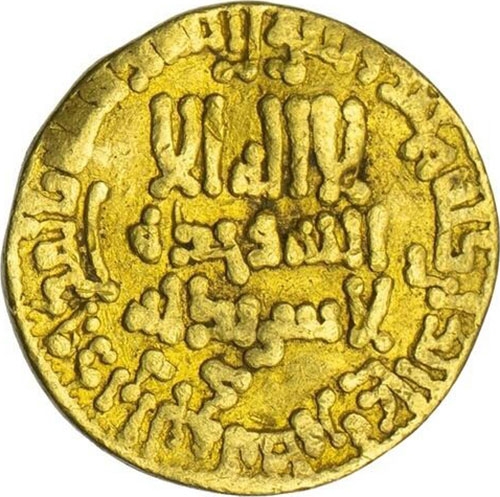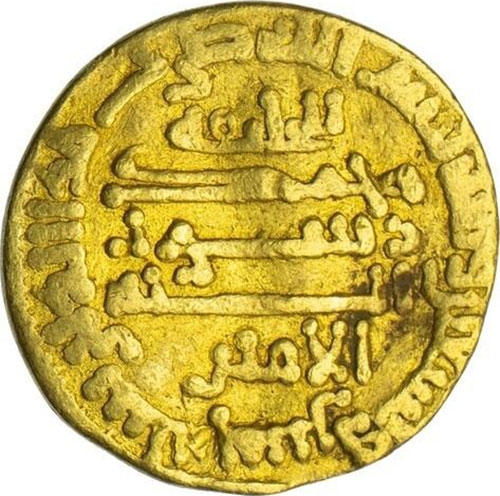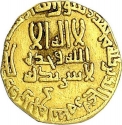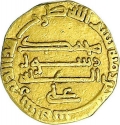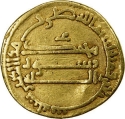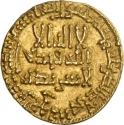You are about to finish your registration. Please check your mailbox (including spam folder). There should be a letter with a confirmation link. Check setting to make sure that your e-mail address is correct.
Send letter againDescription
The Abbasid Caliphate (Arabic: الْخِلَافَةُ الْعَبَّاسِيَّة) was the third caliphate to succeed the Islamic prophet Muhammad. It was founded by a dynasty descended from the prophet's uncle, Abbas ibn Abdul-Muttalib (566–653 CE), from whom the dynasty takes its name. They ruled as caliphs for most of the caliphate from their capital in Baghdad in modern-day Iraq, after having overthrown the Umayyad Caliphate in the Abbasid Revolution of 750 CE (132 AH). The Abbasid Caliphate first centered its government in Kufa, modern-day Iraq, but in 762 the caliph Al-Mansur founded the city of Baghdad, near the ancient Babylonian capital city of Babylon. Baghdad became the center of science, culture and invention in what became known as the Golden Age of Islam. This, in addition to housing several key academic institutions, including the House of Wisdom, as well as a multiethnic and multi-religious environment, garnered it a worldwide reputation as the "Center of Learning".
Abu Musa Muhammad ibn Harun al-Rashid (787 –813), better known by his laqab of Al-Amin, was the sixth Arab Abbasid caliph from 809 to 813. Al-Amin succeeded his father, Harun al-Rashid, in 809 and ruled until he was deposed and killed in 813, during the civil war by his half-brother, al-Ma'mun.
Obverse

|
Depicts the inscriptions in Arabic “There is no god but God alone / He has no associate / لا اله الا |
|---|---|
Reverse

|
Depicts the inscriptions in Arabic "for Caliph", "Muhammad is the Messenger of God", "al-Amin" and "In the name of God. This dinar was struck in the year 195." للخليفة |
| Edge |
